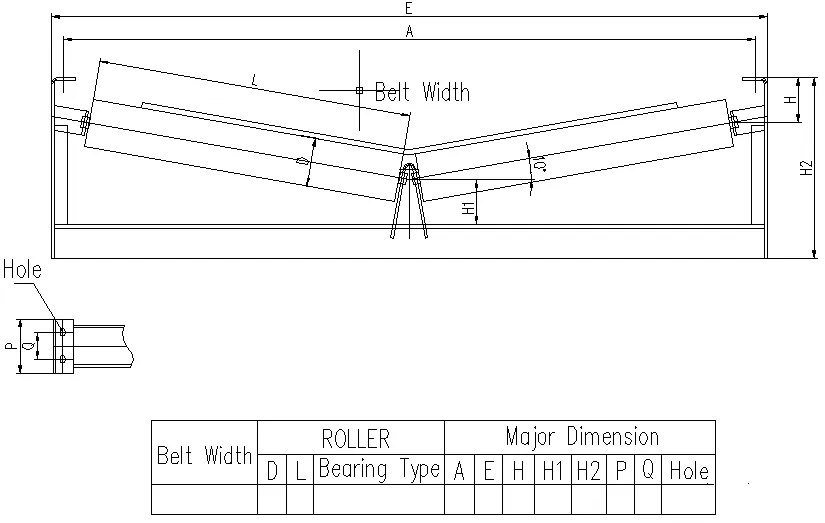 Afrikaans
Afrikaans  Albanian
Albanian  Amharic
Amharic  Arabic
Arabic  Armenian
Armenian  Azerbaijani
Azerbaijani  Basque
Basque  Belarusian
Belarusian  Bengali
Bengali  Bosnian
Bosnian  Bulgarian
Bulgarian  Catalan
Catalan  Cebuano
Cebuano  Corsican
Corsican  Croatian
Croatian  Czech
Czech  Danish
Danish  Dutch
Dutch  English
English  Esperanto
Esperanto  Estonian
Estonian  Finnish
Finnish  French
French  Frisian
Frisian  Galician
Galician  Georgian
Georgian  German
German  Greek
Greek  Gujarati
Gujarati  Haitian Creole
Haitian Creole  hausa
hausa  hawaiian
hawaiian  Hebrew
Hebrew  Hindi
Hindi  Miao
Miao  Hungarian
Hungarian  Icelandic
Icelandic  igbo
igbo  Indonesian
Indonesian  irish
irish  Italian
Italian  Japanese
Japanese  Javanese
Javanese  Kannada
Kannada  kazakh
kazakh  Khmer
Khmer  Rwandese
Rwandese  Korean
Korean  Kurdish
Kurdish  Kyrgyz
Kyrgyz  Lao
Lao  Latin
Latin  Latvian
Latvian  Lithuanian
Lithuanian  Luxembourgish
Luxembourgish  Macedonian
Macedonian  Malgashi
Malgashi  Malay
Malay  Malayalam
Malayalam  Maltese
Maltese  Maori
Maori  Marathi
Marathi  Mongolian
Mongolian  Myanmar
Myanmar  Nepali
Nepali  Norwegian
Norwegian  Norwegian
Norwegian  Occitan
Occitan  Pashto
Pashto  Persian
Persian  Polish
Polish  Portuguese
Portuguese  Punjabi
Punjabi  Romanian
Romanian  Russian
Russian  Samoan
Samoan  Scottish Gaelic
Scottish Gaelic  Serbian
Serbian  Sesotho
Sesotho  Shona
Shona  Sindhi
Sindhi  Sinhala
Sinhala  Slovak
Slovak  Slovenian
Slovenian  Somali
Somali  Spanish
Spanish  Sundanese
Sundanese  Swahili
Swahili  Swedish
Swedish  Tagalog
Tagalog  Tajik
Tajik  Tamil
Tamil  Tatar
Tatar  Telugu
Telugu  Thai
Thai  Turkish
Turkish  Turkmen
Turkmen  Ukrainian
Ukrainian  Urdu
Urdu  Uighur
Uighur  Uzbek
Uzbek  Vietnamese
Vietnamese  Welsh
Welsh  Bantu
Bantu  Yiddish
Yiddish  Yoruba
Yoruba  Zulu
Zulu Efficient Solutions for Conveyor Return Idlers in Material Handling Systems
Understanding Conveyor Return Idlers An Essential Component in Material Handling
Conveyor systems are the backbone of many industrial operations, facilitating the efficient movement of materials over various distances. At the heart of these systems lies a critical component conveyor return idlers. These idlers play a vital role in maintaining the functionality and longevity of conveyor belts, contributing to smoother operations and reduced maintenance costs.
What are Conveyor Return Idlers?
Return idlers refer to the rollers that support the back side of the conveyor belt as it returns to the loading point after delivering its cargo. Unlike carry idlers, which support the belt while it carries materials, return idlers are essential for maintaining the belt's alignment and ensuring that it travels smoothly back to its starting position. They are typically located in the lower part of the conveyor's layout and are spaced at regular intervals to provide adequate support.
The Importance of Return Idlers
1. Belt Support and Alignment One of the main functions of return idlers is to provide support to the conveyor belt, preventing sagging and misalignment. Proper alignment is crucial as it helps to prevent excessive wear and tear on the belt, which can lead to costly breakdowns and maintenance.
2. Reduced Friction Return idlers are designed to minimize friction between the conveyor belt and the idler itself. This is important because reduced friction means less energy consumption. Efficient idlers can lead to lower operational costs, which is a significant advantage for large-scale operations.
3. Impact Absorption In environments where heavy loads are transported, impact forces can be significant. Return idlers help absorb these impacts, reducing stress on both the belt and the drive system. This absorption capability not only prolongs the life of the conveyor belt but also ensures safer operation.
conveyor return idlers

4. Contaminant Removal As materials are transported, dust and debris can accumulate on the surface of the return belt. Return idlers often incorporate features such as scrapers or brushes to assist in keeping the belt clean. This is essential for preventing damage to the belt and ensuring consistent performance.
5. Cost Efficiency Investing in high-quality return idlers can lead to better performance and lower overall maintenance costs. The durability and efficiency of return idlers can have a significant impact on the operational efficiency of the entire conveyor system.
Types of Return Idlers
Return idlers come in various designs, each suited for different applications. Some common types include
- Flat Return Idlers The most basic form, providing a flat surface for the return side of the belt. - V-Return Idlers These idlers feature a V-shaped profile that assists in centering the belt, preventing it from drifting off track. - Training Idlers Designed specifically for aligning the conveyor belt, these idlers help correct misalignments and keep the belt on track.
Conclusion
In summary, conveyor return idlers are an essential component of conveyor systems, playing a critical role in ensuring smooth and efficient operation. Their ability to support the belt, reduce friction, and absorb impacts makes them invaluable in industrial settings. By understanding the importance of return idlers and investing in high-quality options tailored to specific applications, companies can enhance the performance and longevity of their conveyor systems, ultimately leading to greater productivity and cost savings. As industries continue to evolve and seek efficiencies, the role of return idlers will remain crucial in the realm of material handling.
-
Revolutionizing Conveyor Reliability with Advanced Rubber Lagging PulleysNewsJul.22,2025
-
Powering Precision and Durability with Expert Manufacturers of Conveyor ComponentsNewsJul.22,2025
-
Optimizing Conveyor Systems with Advanced Conveyor AccessoriesNewsJul.22,2025
-
Maximize Conveyor Efficiency with Quality Conveyor Idler PulleysNewsJul.22,2025
-
Future-Proof Your Conveyor System with High-Performance Polyurethane RollerNewsJul.22,2025
-
Driving Efficiency Forward with Quality Idlers and RollersNewsJul.22,2025





























